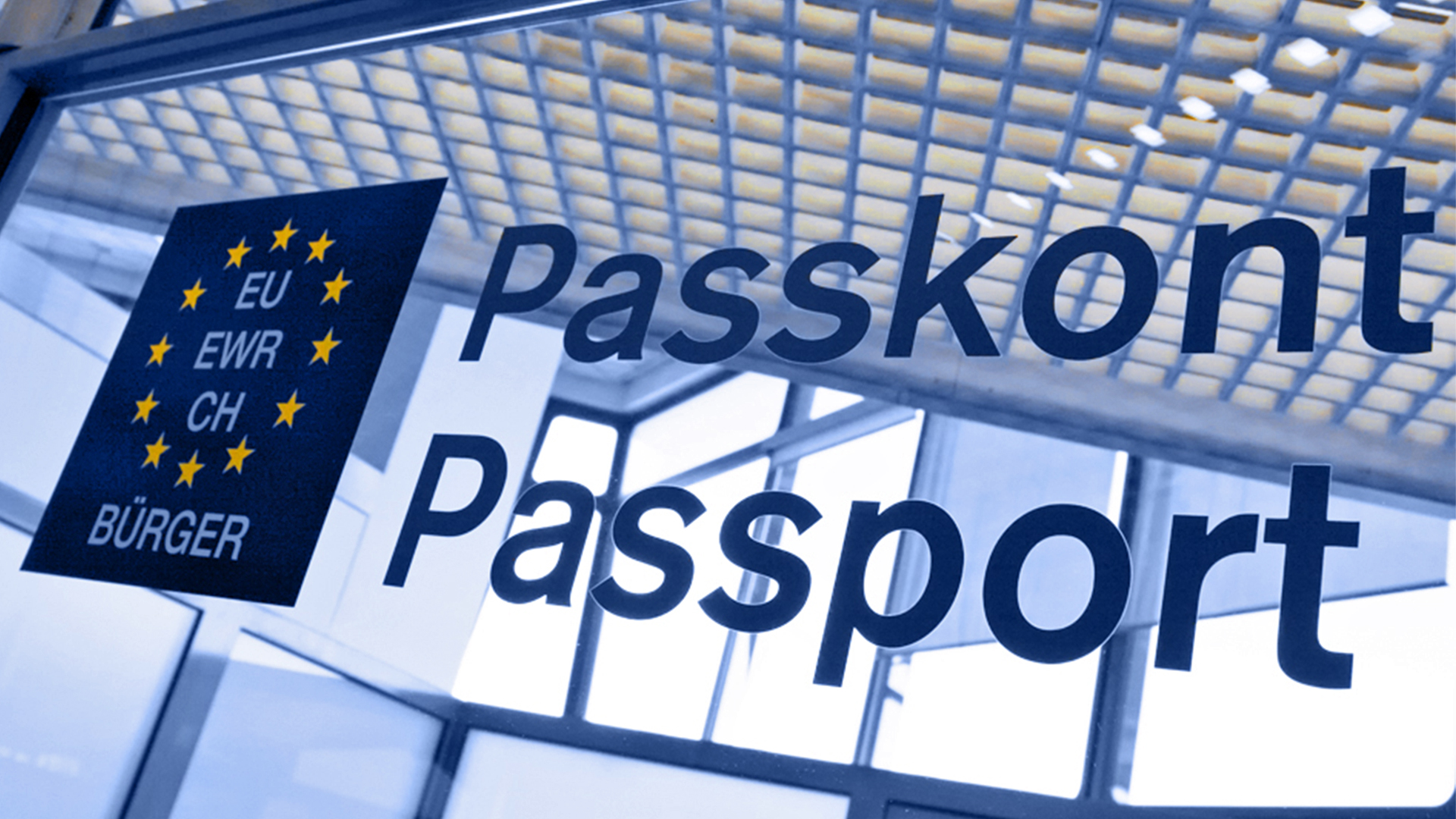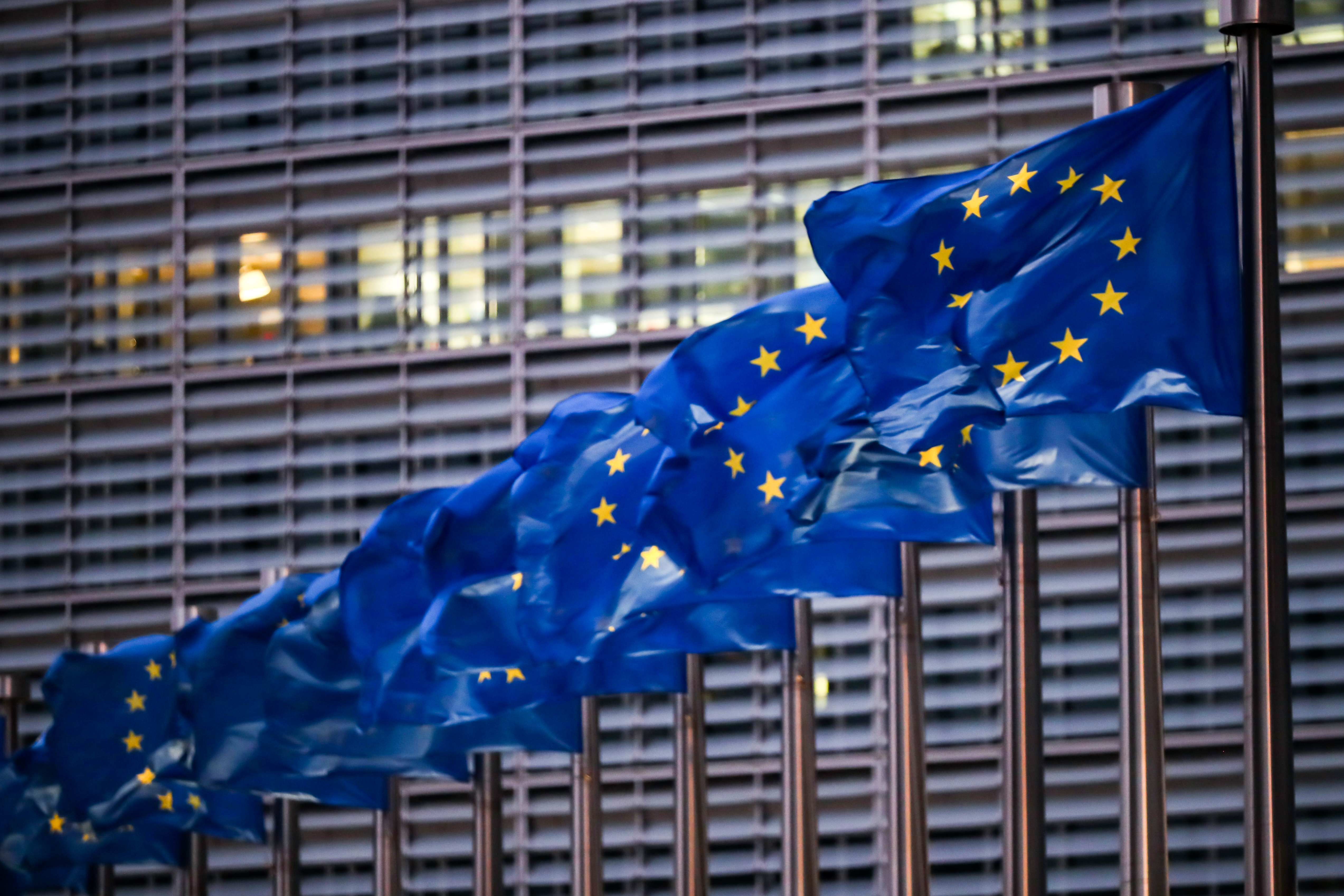CureVac Story of a disappointed hope
Status: 06/17/2021 8:30 p.m.
While the world is now being vaccinated with BioNTech, the vaccine from CureVac has proven to be ineffective. How could the two great German hopefuls develop so differently?
By Thomas Aders and Sebastian Deliga, SWR
At first it was a German head-to-head race between the Mainz-based pharmaceutical company BioNTech and the Tübingen researchers from CureVac. Both use the same technology “Messenger RNA”, the share prices of both companies initially took off on the stock exchanges, and both have professional and global partners. The Mainz-based company was able to bring the US pharmaceutical giant Pfizer on board, while the Tübingen-based company found what they were looking for at Bayer. And not only that: At the beginning of September, a man came to visit Tübingen, whose name makes technology enthusiasts, e-mobility enthusiasts and stock market speculators enthusiastic: Tesla boss Elon Musk. Even before he paid his respects to Chancellor Angela Merkel in Berlin, he stopped by CureVac. For the production of their vaccines, the people of Tübingen used the technology of the medium-sized company Grohmann in the Eifel, which in turn has been part of the Tesla empire since 2017.
The field of support from both companies was also in competition: in Tübingen, SAP boss Dietmar Hopp became the majority owner, in Mainz the twins Thomas and Andreas Strüngmann, who had become rich in the pharmaceutical business, and the Bill & Melinda Gates Foundation were behind BioNTech boss Ugur Sahin. From the outside, it was still the duel between digitization pioneer Hopp and oncology professor Sahin. Both were believed to be successful.
06/17/2021
CureVac vaccine not very effective Crash of a Bearer of hope
The CureVac crash hits countless private investors, taxpayers and the German vaccination campaign.
But since the beginning of 2021, the people of Baden-Württemberg have stumbled in the race against the Rhineland-Palatinate; while the BioNTech drug was approved by the authorities, CureVac has still not fully completed the third phase of its vaccine testing. Today’s publication of the inferior efficacy of the Tübingen vaccine candidate CVnCOV of only 47 percent – in contrast to 90 percent for BioNTech / Pfizer – was the end of hopes for mass production soon and the end of hopes for strong profits on the stock market; the price of CureVac has more than halved.
Why does the vaccine protect so poorly against Covid-19?
When the Tübingen-based company delayed the crucial phase 3 and tested the vaccine, there were already several mutations of the corona virus. That made research much more difficult. Virologist Martin Stürmer from the University of Frankfurt also sees this as one of the problems: “BioNTech, AstraZeneca and Co. – they only had to deal with B.1.1.7 (the Alpha variant, first developed in England).” In addition, it was the Tübingen’s unwritten law to administer RNA as pure as possible and not chemically treated. This also had fatal consequences for CureVac, because the competition achieved a much higher concentration by modifying the messenger RNA. The head of the CureVac vaccination study, Peter Kremsner: “BioNTech and Moderna were able to dose three to ten times as high because they chemically changed the RNA. At CureVac, the dogma was that the RNA should be injected as unchanged as possible, which is basically correct, but unfortunately it did not work.” The goal of the Tübingen was a noble one. And the SPD politician and epidemiologist Karl Lauterbach is talking about the company’s fate today tagesschau.de “terribly sorry”. He always admired the particularly ethical and moral standards of the Tübingen population. But Lauterbach no longer sees any basis for hope either. Even if CureVac starts all over again, the competitors from BioNTech or Johnson & Johnson, for example, have made further progress in their research. So the Tübingen train left for many.
What does this mean for the vaccination campaign in Germany and Europe?
Epidemiologist Lauterbach very much regrets the bitter fate of CureVac, but he sees the German vaccination campaign as hardly endangered in the Tübingen disaster. Several other vaccines worked to a great extent in his opinion, and in his view today’s setback would result in a delay of no more than three weeks. “By the end of September we will probably have a vaccination rate of 70 percent, and thus herd immunity.” The Federal Ministry of Health is also anything but panicked. Got the latest news about CureVac “no impact on the pace of our vaccination campaign”. Brussels does not want to comment directly on the CureVac disaster, that is a matter for the European Medicines Agency (EMA) in Amsterdam, which decides on the approval of vaccine preparations. However, the EU has apparently taken precautions in the event that CureVac fails: The contract with the Tübingen region includes “Termination clauses in the event that the vaccine is not approved by the EMA”. There are also rather composed comments from Parliament: of course, the results at CureVac are inadequate “a big disappointment”, said MEP Peter Liese. “The goal of offering people in Germany and Europe a vaccination offer by the end of the summer is still realistic.” This is due to the positive developments at BioNTech and Johnson & Johnson. Additional information is interesting in Peter Liese’s statement: CureVac CEO Franz-Werner Haas had already promised him in December that his company would work with other manufacturers, “if your vaccine doesn’t work”. With today’s publication of this conversation note, the pressure on the Tübingen-based company and its partner Bayer should now have increased rapidly to cooperate quickly with successful competitors from Mainz and to convert their own capacities to the production of BioNTech.
04/27/2021
Bayer Group Between vaccine and gene food
What do mRNA vaccines and genetically modified foods have in common?
Did the state lose money promoting CureVac?
“The federal government is participating in this promising company because it expects it to accelerate developments and to enable CureVac financially to exploit the potential of its technology.” Federal Minister of Economics Peter Altmaier said that almost exactly a year ago. The federal government then invested 300 million euros in the Tübingen-based company. In addition, there was the Federal Ministry of Research, which made a commitment for funding of 251.6 million euros.
All in all, a good half a billion euros. So is the money gone now? The answer: only in part. On the one hand, the federal government received a share in the company for its investment. And although CureVac’s price has slumped by more than half today, the value of that portion is still likely to be significantly higher than when the company went public. And on the other hand, of the promised 251.6 million, only 102.8 million euros have actually flowed so far, as the Ministry of Research tagesschau.de confirmed today. The rest will probably be withheld as the payout “depending on the progress of the project” is. Regardless of the possible “Losses” The question arises, however, what would have happened if the federal government had not invested a cent in promising companies such as CureVac or BioNTech. An outcry would probably have gone through the republic, even though an alleged takeover offer by ex-US President Donald Trump turned out to be a hoax. The situation in the crisis year 2020 was dramatic, according to SPD health expert Lauterbach. “It was an extremely noble attempt by our German companies to develop a new type of Covid vaccine and make it available to the whole world. The investments were right, although in the case of CureVac there was no success.”





























































You must log in to post a comment.